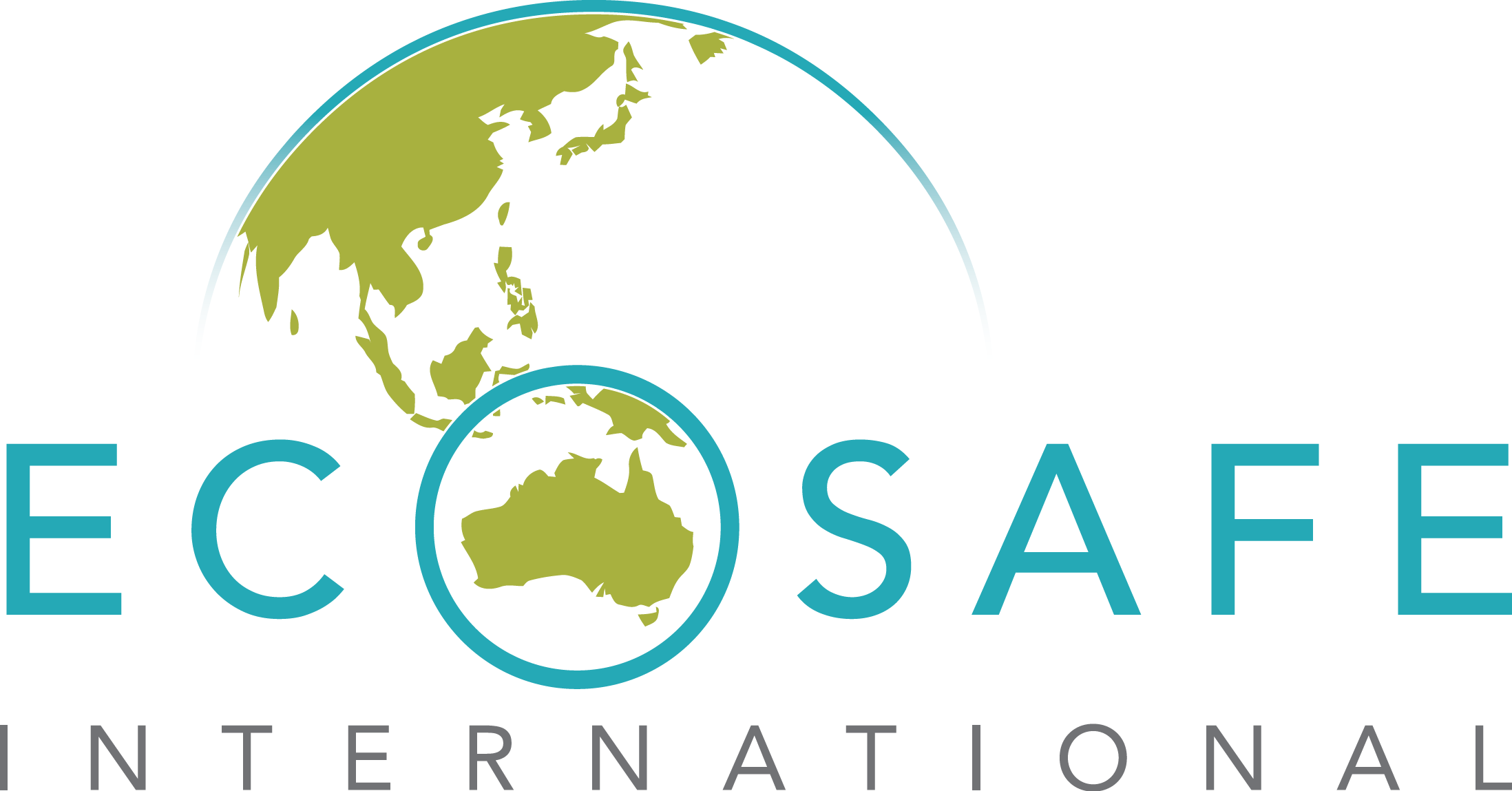AS4187 Compliance
AS4187 Compliance
Ecosafe International recognises and understands the challenges associated with compliance within the central sterile services department (CSSD), Endoscopy and Dialysis, and in particular compliance with AS/NZS 4187:2014. We have assisted a number of clients to both understand and achieve compliance with AS/NZS 4187:2014.
Our Team of specialists are able to assist you with understanding, planning and implementing all aspects of AS4187 compliance with our approach typically including the following stepwise approach:
Step 1 : System Assessment
Ecosafe International will inspect and sample key points from point of entry through filtration, reverse osmosis, storage and delivery, to determine the location/s with water quality concerns or challenges.
Step 2: Investigation
Ecosafe International will conduct a detailed inspection of the entire system from entry to delivery, to determine possible causes of measured results and any potential for existing or future challenges or infrastructural deficiencies.
Step 3: Remediation
Ecosafe International will work with existing suppliers and advise on required corrective actions (such as. removal of deadlegs, replacement or removal of filters, decontamination of equipment and infrastructure, changes to reticulation and other applicable corrective actions).
Step 4: Validation
Ecosafe International will conduct validation testing to confirm the effectiveness of remediation works, advise on further action/s if applicable and provide status of compliance with Table 7.2 of AS/NZS 4187:2014.
Step 5: Implement Compliance Tool
Ecosafe International will implement our CSSD Compliance Tool to facilitate continued compliance with the overall CSSD compliance requirements allowing complete transparency of records and audit readiness at all times. The CSSD Compliance Tool can also be utilised to manage all maintenance and compliance requirements for all other CSSD related equipment and systems.
Step 6: Review & Improve
Ecosafe International will review and revise the CSSD Compliance Program on a regular basis or in response to any significant system change.
Step 1: System Assessment
Ecosafe International will inspect and sample key points from point of entry through filtration, reverse osmosis, storage and delivery, to determine the location/s with water quality concerns or challenges.
Step 2: Investigation
Ecosafe International will conduct a detailed inspection of the entire system from entry to delivery, to determine possible causes of measured results and any potential for existing or future challenges or infrastructural deficiencies.
Step 3: Remediation
Ecosafe International will work with existing suppliers and advise on required corrective actions (such as. removal of deadlegs, replacement or removal of filters, decontamination of equipment and infrastructure, changes to reticulation and other applicable corrective actions).
Step 4: Validation
Ecosafe International will conduct validation testing to confirm the effectiveness of remediation works, advise on further action/s if applicable and provide status of compliance with Table 7.2 of AS/NZS 4187:2014.
Step 5: Implement CSSD Compliance Tool
Ecosafe International will implement our CSSD Compliance Tool to facilitate continued compliance with the overall CSSD compliance requirements allowing complete transparency of records and audit readiness at all times. The CSSD Compliance Tool can also be utilised to manage all maintenance and compliance requirements for all other CSSD related equipment and systems.
Step 6: Review & Improve
Ecosafe International will review and revise the CSSD Compliance Program on a regular basis or in response to any significant system change.
